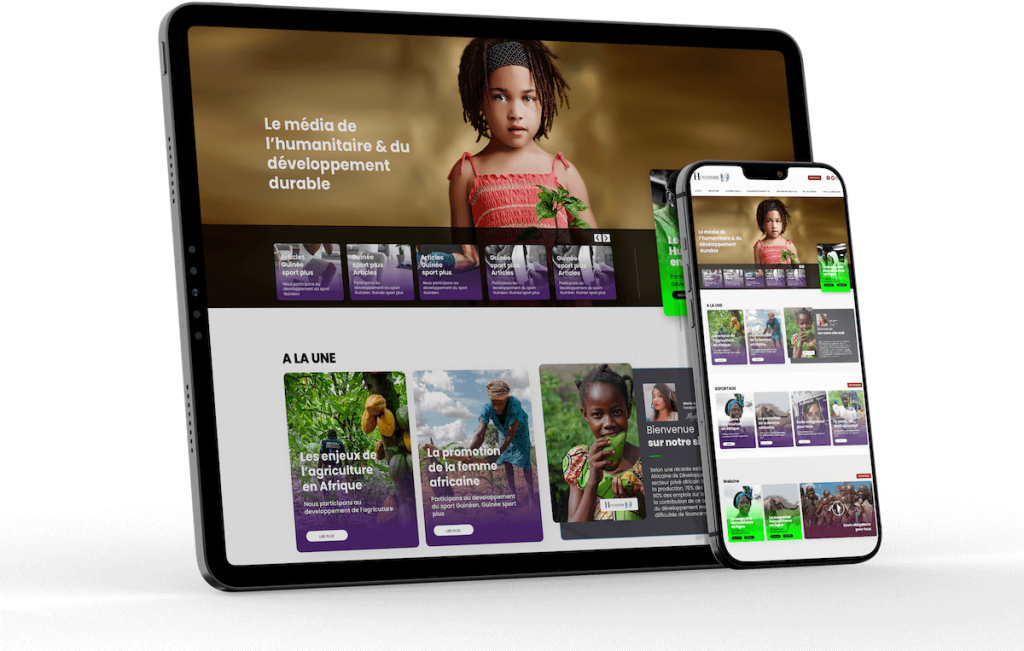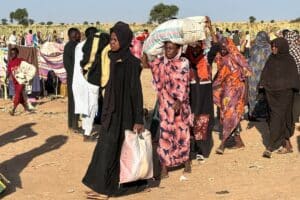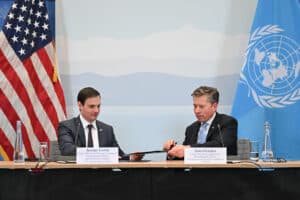Abidjan, Monday, August 19, 2024
By Roselyne Kandel
What is a carbon credit?
A carbon credit is a certificate representing the equivalent of one tonne of carbon dioxide (CO₂) or another Greenhouse Gas (GHG), which has either been removed from the atmosphere or avoided being emitted. They were originally rewards to be distributed each year to companies that were able to capture GHGs or did not emit any beyond a threshold specified by the Paris Agreement; a pact considered an important milestone in the fight against climate change, although its effectiveness depended on the commitment and concrete actions of the signatory countries. Carbon credits were introduced as part of the Kyoto Protocol, the main objective of which is to reduce emissions of six greenhouse gases by at least 5% below 1990 levels over the period 2008-2012. 191 countries and the European Union have signed the protocol, under which industrialized nations have committed to specific emission reductions. In other words, to pollute less. A second commitment period was set at the Doha Summit in 2012, running from 2013 to 2020. The Protocol marked an important milestone in the fight against climate change, although some countries, such as the United States, have not ratified the agreement.
How do carbon credits work?
Carbon credits operate as a market mechanism designed to reduce emissions of Greenhouse Gases (GHGs), which are Carbon Dioxide (CO₂), Methane (CH₄), Nitrous Oxide (N₂O) and Fluorinated Gases, the main ones of which are: Chlorofluorocarbons (CFCs), Hydrochlorofluorocarbons (HFCs), Hydrofluorocarbons (HFCs), Per-fluorocarbons (PFCs) and Sulfur Hexafluoride (SF6). Carbon credits are often associated with ecological projects, such as reforestation, renewable energies or energy efficiency improvements. Intended to encourage the biggest polluters to reduce their greenhouse gas (GHG) emissions, by deducting directly from their financial assets, carbon credits are rewards distributed each year. You have to pollute little or not at all to obtain this certificate. Unfortunately, these rewards, distributed to exemplary companies, have been transformed into tradable assets, offering the most polluting companies the opportunity to buy their rights to pollute from a carbon credit seller, who has no need of them as long as they don’t pollute. In this way, they help companies to comply with current environmental regulations, whatever their actual situation. Carbon credits can now be bought and sold on specialized markets. For example, a company that exceeds its emissions quota can purchase carbon credits to offset its excess. They offer flexibility to companies who can buy credits to offset their emissions, when it is difficult for them to reduce them directly. Over time, companies using carbon credits can improve their brand image with ecologically aware consumers, without actually doing anything to combat pollution and climate change.
Carbon credits, at what price?
As with any speculation or commodities from developing or low-income countries, speculators have taken an interest in carbon credits, and this new environmentally-valued asset has become a highly profitable commodity. They bought up carbon credits from the beneficiaries, holding them for a while and selling them later. As is the case in all markets, speculation plays its part, and speculators make a profit in the process. A tonne of C02, which traded at around 6 euros between 2015 and 2017, rose to 68.38 euros on July 30, 2024 (price of a carbon credit on the SEQE-EU market). Some climate specialists believe that carbon credit, whose main objective is to work for the good of the planet, has been hijacked to serve the cause of particular and private financial interests, to the detriment of the common interest of peoples, populations and nature. Carbon credit has thus become a business, like any other speculation on world markets. So much so, in fact, that its effectiveness is being called into question, depending on the quality and verification of the projects financed. Indeed, some companies may use carbon credits to give a false impression of sustainability without actually reducing their emissions and protecting the environment. What’s more, managing and purchasing carbon credits can be complex and costly, especially for small companies that don’t have the means to compete with the big multinationals. They are therefore at a disadvantage compared with multinationals.
Alternatives to make carbon credits more effective?
There is therefore a risk that companies, particularly multinationals, will rely too heavily on carbon credits rather than actually seeking to directly reduce their emissions and environmental damage. Ultimately, although carbon credits are a useful tool for reducing GHG emissions, they must be used judiciously and in conjunction with other sustainability efforts, to have a real impact on reducing GHG emissions and thus contribute to the fight against climate change. Sustainability efforts can involve (i) improving energy efficiency in buildings, industry and transport, (ii) switching to renewable energy sources such as solar, hydro and geothermal power, (iii) adopting reuse, recycling and waste reduction practices, (iv) promoting the use of public transport, active modes of transport such as cycling and walking, (v) implementing sustainable agricultural practices, such as agroforestry, crop rotation and reducing the use of chemical fertilizers, (vi) reforestation and forest conservation, by planting trees and protecting existing forests.
Roselyne Kandel for Humaniterre
roselyneaka@yahoo.fr
Photo credit : AFP




